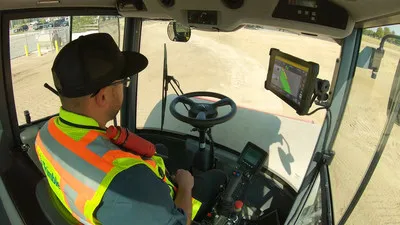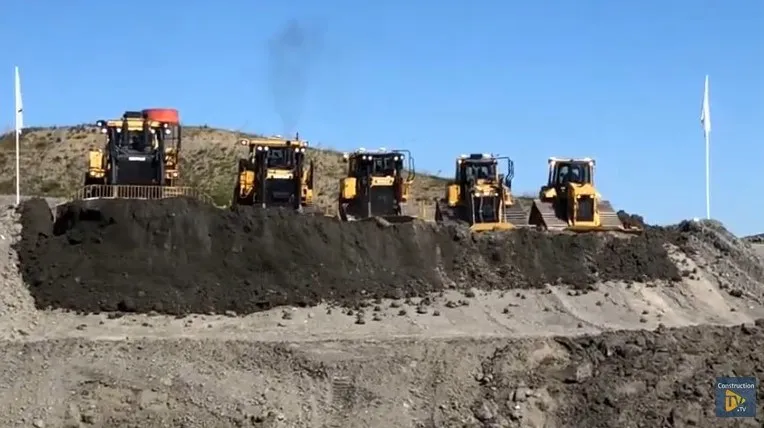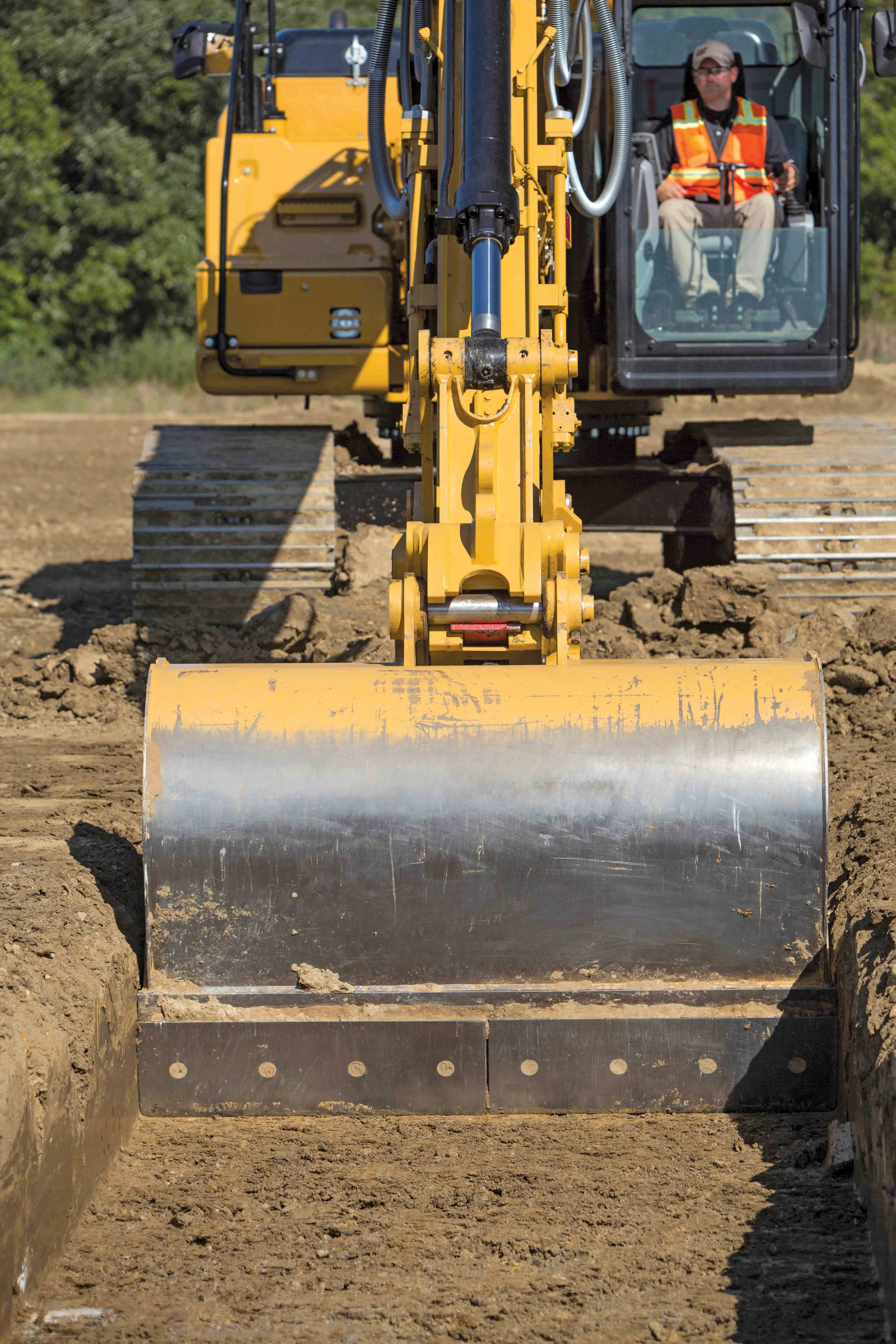
Trimble Autonomy takes worksite efficiencies to the next level — delivering the tools construction professionals need to get jobs done faster and easier, and the momentum needed to exceed industry pace.
Drawing on decades of intelligence, Trimble Autonomy’s horizontal steering control equips machines with the ability to follow any horizontal alignment from a 3D model. This simplifies time-consuming and repetitive tasks, boosts productivity and frees up resources for contractors, while empowering OEMs with the tools to give them a competitive edge.
Available as part of the Trimble Earthworks platform, horizontal steering control leverages GPS-designated alignment within ruggedized hardware that can handle the rigorous environments on today’s most challenging worksites.
Operators — regardless of skill level — merely oversee the process while the machines move precisely, reducing overlap and number of passes, saving time and fuel, and delivering the highest quality spreading and compacting. With less operator fatigue, crews can work longer to get the job done, on time, for a better ROI.
Horizontal steering control was the industry's first automatic steering control solution for soil compactors. Compatibility with all soil compactor makes and models furthers a contractor’s profits.
"It's difficult to steer a soil compactor with accuracy and consistency, but over- or under-compaction leads to wasted time and materials and less durable surfaces," said Scott Crozier, general manager of Trimble Civil Construction. By providing advanced action in any environment, horizontal steering control lets operators focus on machine performance and safety.
In 2020, horizontal steering control was introduced as part of the Trimble Earthworks Grade Control Platform for Dozers, another first in the construction industry, providing machines with the autonomous capability to follow any horizontal alignment such as the back of a curb, breakline, roadway centerline or bottom of slope without an operator.
Building on decades of intelligence collected, Trimble Autonomy delivers autonomous solutions on your terms.
Sponsored content produced in association with Trimble








